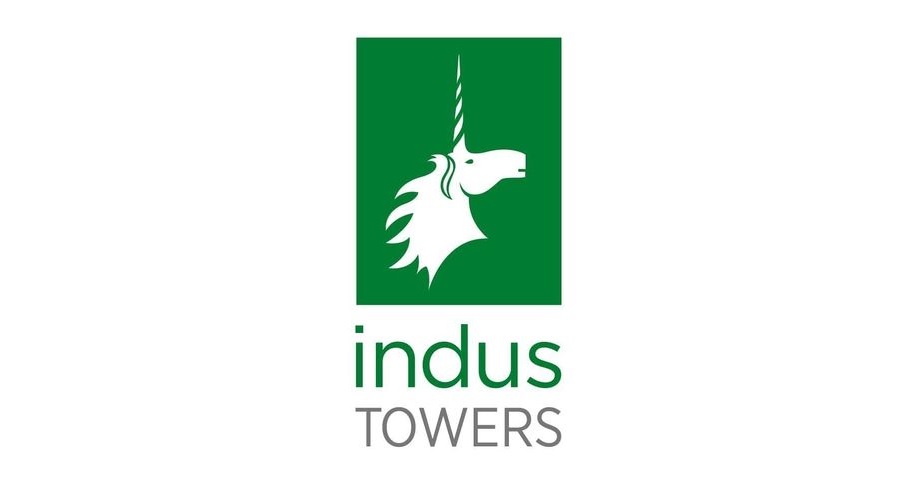Indus Towers: Essential Player in Telecom Connectivity

Introduction
Indus Towers, one of the largest telecom tower companies in the world, plays a critical role in ensuring seamless connectivity across India. Established in 2007, the company was formed as a joint venture by Bharti Airtel, Vodafone India, and Idea Cellular. With India’s digital landscape evolving rapidly, the importance of a robust telecom infrastructure becomes increasingly significant, making Indus Towers a key player in supporting mobile networks and data services.
Current Standing and Network Expansion
As of 2023, Indus Towers operates over 180,000 telecom towers, offering services to more than 25 telecom operators. The company is continuously expanding its network to enhance coverage and capacity. Recently, Indus Towers announced plans to invest approximately ₹8,000 crore over the next two years to accelerate growth and to support the rollout of 5G services. This investment reflects their commitment to meeting the increasing demand for high-speed data and connectivity.
Environmental Initiatives
In addition to expanding its network, Indus Towers is also focused on sustainability and reducing its environmental footprint. The company has taken significant steps toward greener operations by utilizing renewable energy sources, aiming to decrease its reliance on fossil fuels. Recent reports indicate that Indus Towers has successfully shifted over 40% of its energy usage to renewable options, such as solar and wind energy.
Challenges Ahead
Despite its impressive growth and initiatives, Indus Towers faces challenges, including regulatory hurdles, competition, and the necessity to adapt to technological advancements. The demand for infrastructure is skyrocketing due to the rising penetration of mobile phones and internet services in rural areas. Ensuring reliable connectivity in remote locations continues to be a significant challenge, requiring innovative solutions and strategic partnerships.
Conclusion
Indus Towers stands at the forefront of India’s telecom revolution, driven by the escalating need for connectivity and technological evolution. Its proactive approach towards investment in infrastructure and sustainability underlines its critical role in shaping the future of telecommunications in India. As the industry gears up for 5G and beyond, the company’s strategies will not only influence its own growth trajectory but also the digital landscape of the nation. Readers can expect continued advancements from Indus Towers that will ultimately enhance connectivity and support digital inclusion across all corners of India.









